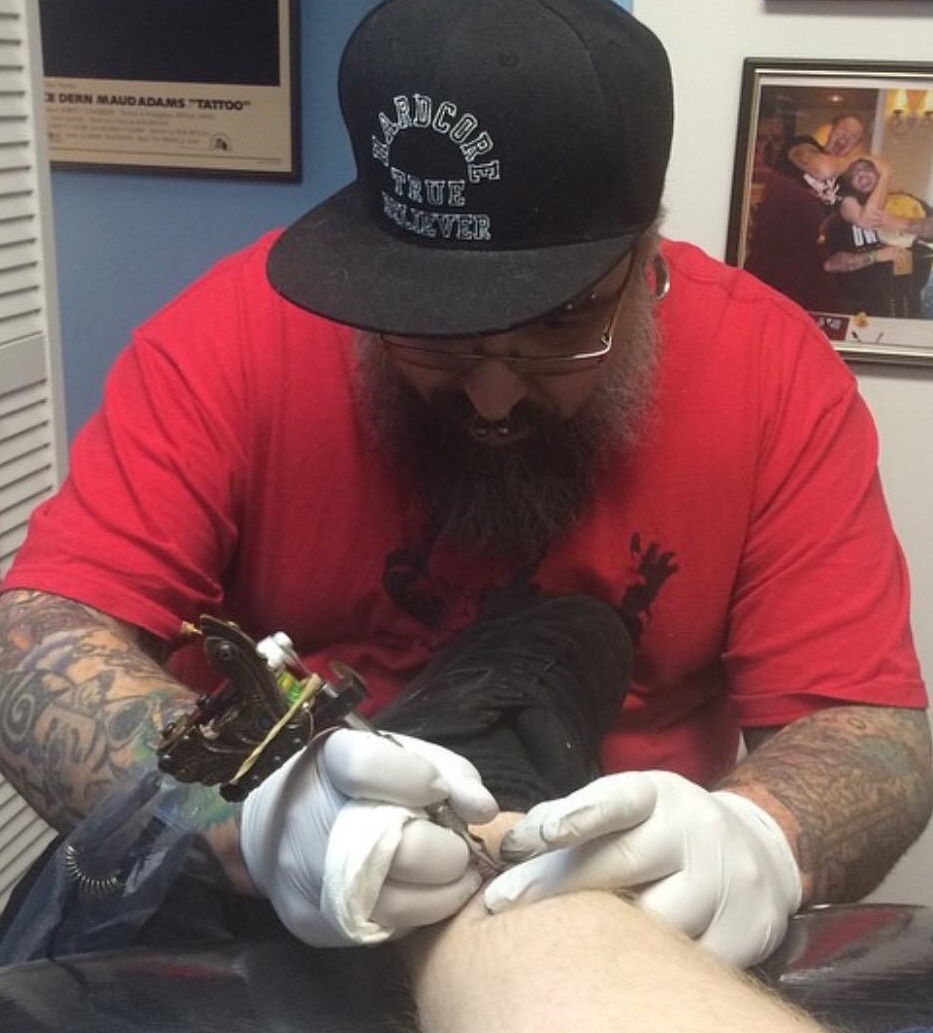Abstract
From Otzi the Iceman, to ancient Egypt, to Moby Dick, to Ed Hardy shirts for sale at the mall, tattooing is a cultural practice that has been a part of human life for over 5,000 years. Despite the existence of tattooing across cultures and throughout history, and its recent popularity, little academic attention has been devoted to the subject. Marks of...Download this resource to see full details. Download this resource to see full details.
Details
- Subject Area(s):
- Cultural Sociology
- Resource Type(s):
- Syllabus
- Class Level(s):
- Any Level
- Class Size(s):
- Any
Usage Notes
This is a distinct contribution to both sociology and the field of tattoo studies, as there currently is not a syllabus developed on the subject of tattooing. This course was written for a small section (15 students) of upper-level honors students, third- and fourth-year undergraduates. It draws heavily upon journal articles and literature written by...Download this resource to see full details. Download this resource to see full details.
Learning Goals and Assessments
Learning Goal(s):
- Compare and contrast the assumptions of different perspectives, and how these assumptions provide different understandings of tattooing and tattoos.
- Develop the skills to prepare, plan, and create research using the conventional methods of qualitative research.
- Recognize, understand, and participate in the social processes that allow for the creation, distribution, and reception of culture.
Goal Assessment(s):
- Through student facilitated discussions the class examines how various theoretical and conceptual ideas can be used to understand tattoo work and tattoos.
- Students create three different qualitative research projects to understand tattooing as a cultural process. These are original research projects, and students are encouraged to explore ideas where there is a lack of scholarship.
- They are assessed through their interaction with others, development of an original research proposal, presentation to an audience, and written summary of their findings.
When using resources from TRAILS, please include a clear and legible citation.


